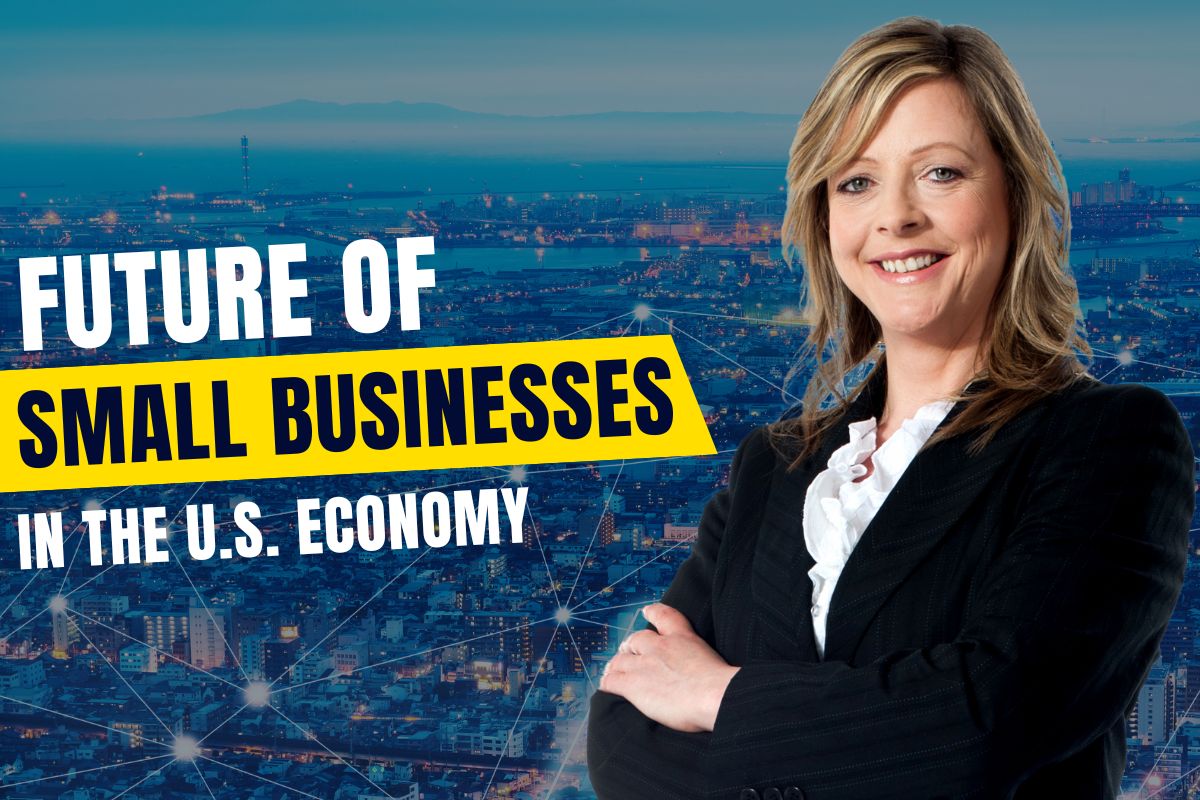

We begin with one simple fact: small businesses remain the backbone of the U.S. economy. They drive job creation, power local communities, and act as hotbeds of innovation. But today’s small business landscape is changing rapidly — influenced by macroeconomic forces, new technology, and shifting consumer behavior. This article examines those changes and outlines practical ways small firms can thrive in 2025 and beyond.
After multiple years of pandemic recovery, supply-chain shocks, and higher interest rates, small firms are showing both resilience and caution. Recent SBA and Census data show continued net business openings and meaningful job gains from smaller establishments, highlighting their role in net job creation even as openings and closings fluctuate.
Policymakers and entrepreneurs should note that small businesses still account for a large share of U.S. establishments and job growth.
Also read: How Noctourism Is Rewriting Travel — From Dark-Sky Sanctuaries to Urban After-Hours Economies
Technology is the single biggest structural force shaping the future of small businesses. Cloud tools, e-commerce platforms, AI-powered marketing, and automation enable small firms to act with the speed and personalization of much larger competitors. Reports from the U.S. Chamber show small-business adoption of digital tools is rising and that tech investments are unlocking productivity and new revenue channels. For founders, tech is no longer optional — it’s a competitive necessity.
Hiring and retaining talent remains the top concern for many small business owners. Surveys and indexes in 2025 point to ongoing unfilled positions and concerns about labor quality—especially in skilled trades and services sectors. We must recognize that labor-market dynamics (demographics, immigration policy, reskilling gaps) directly influence small-firm capacity to expand. Employers that invest in targeted training, flexible schedules, and creative benefits will have a distinct edge.
Access to capital has shifted from an era dominated by traditional bank loans to a more diverse marketplace that includes fintech lending, revenue-based financing, and community development financial institutions (CDFIs). While higher interest-rate environments have made some owners cautious, alternative financing and government-backed programs continue to provide viable paths for growth-stage small businesses. Understanding which instrument fits a business model (term loan, line of credit, or revenue share) will determine the speed and sustainability of scaling.
Post-pandemic consumers value convenience, experience, and authenticity. Local-first strategies — stronger community ties, localized marketing, partnerships with other small firms — can translate into steady, defensible revenue streams. Multi-channel presence (in-person + online) and hyper-local targeting are particularly effective for retail, hospitality, and personal services.
Small businesses remain sensitive to taxation, regulatory clarity, and access to resources. Surveys show owners frequently ask for simpler tax rules and more predictable policy environments. Local and federal policies that reduce administrative burden — for example, simplified licensing, predictable tax rules, or targeted grants — materially affect small-business confidence and investment decisions. We recommend business owners actively engage with local chambers and trade groups to shape practical policy outcomes.
While metropolitan areas continue to host many startups, remote work and digitization have created opportunities in smaller metros and rural communities. State-level profiles reveal diverse pockets of growth; entrepreneurs who align offerings with local consumer gaps can succeed outside traditional urban hubs. This geographic diversification also makes national supply chains more resilient.
Persistent inflationary pressure, supply-chain volatility, and geopolitical uncertainty mean small businesses must embed risk management into everyday strategy. This includes multi-sourcing, hedging for inputs where applicable, and maintaining a disciplined cash buffer. Preparedness reduces the probability that temporary shocks become existential threats.
We expect the most successful small businesses to combine these elements:
Also read: Plant-Based Diets in 2025: Evidence, Benefits, and a Practical Blueprint for Daily Eating
We close with a practical checklist every small-business leader can use this quarter:
Small businesses will continue to shape the U.S. economy — but not by doing what they’ve always done. The winners will be those who thoughtfully combine technology, talent strategy, smart finance, and local engagement. We believe that with targeted adaptations, Main Street can remain and become even more the engine of American growth.